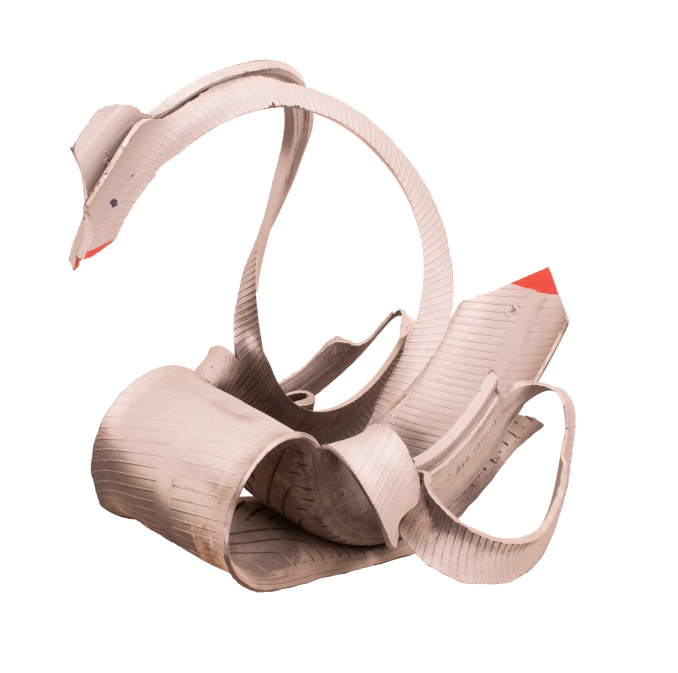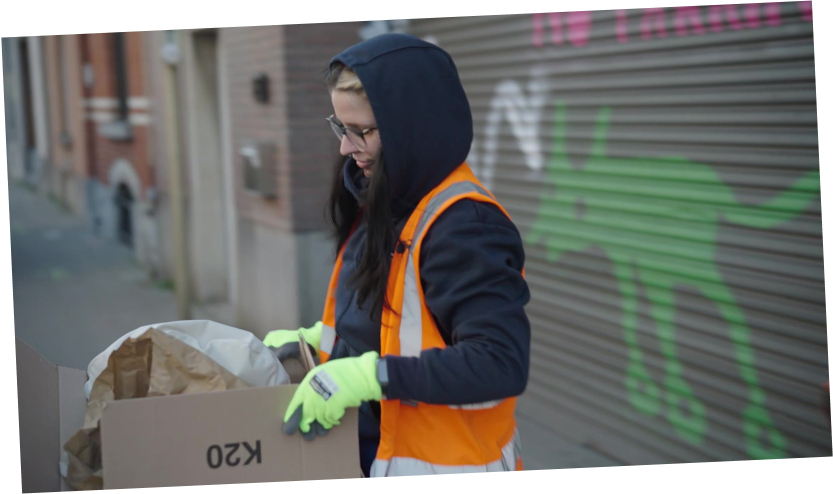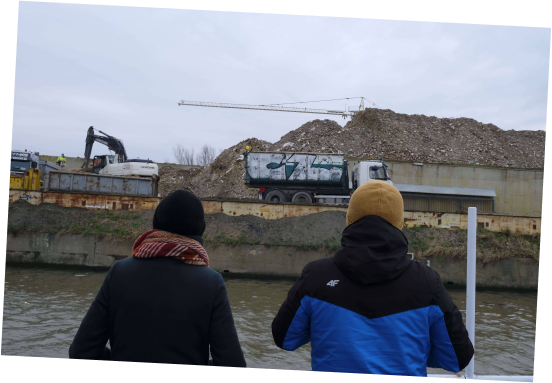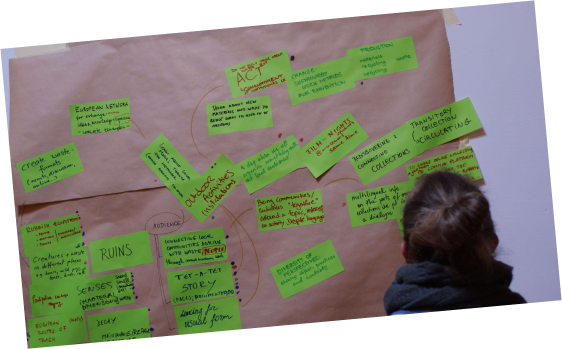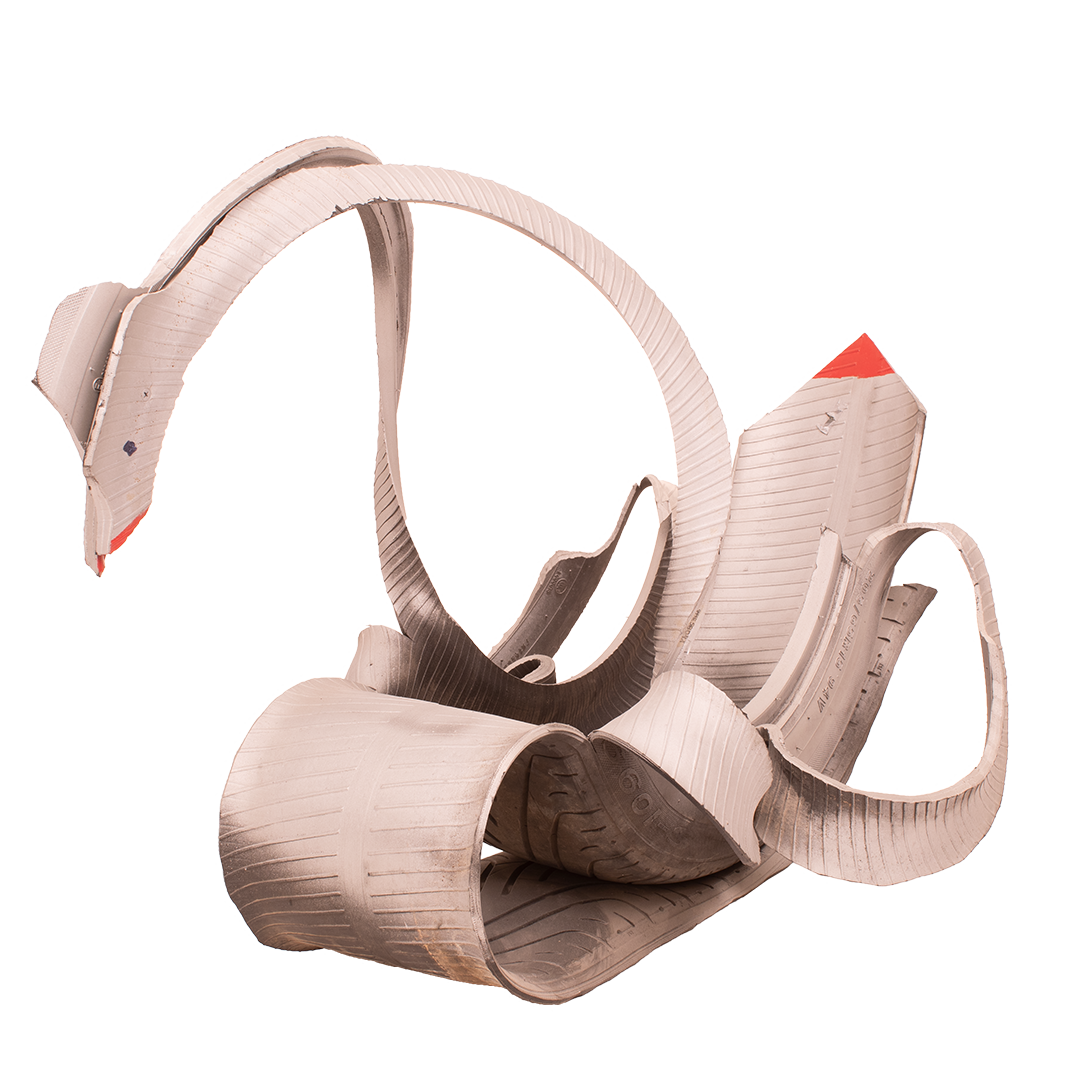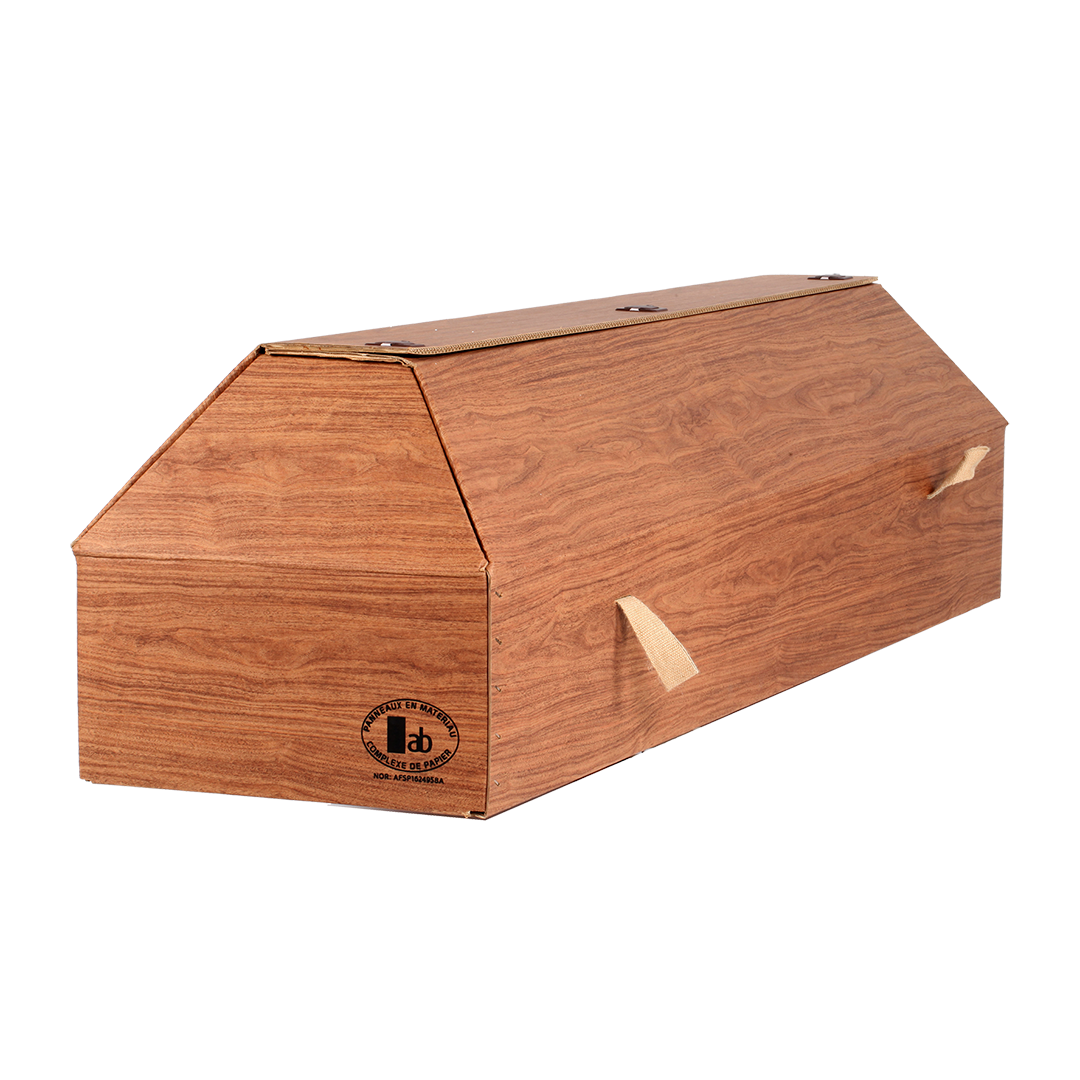Some 22 billion devices are currently connected to the internet. How many exactly? No one knows. It is estimated that, over the course of one minute, we make an average of 6 million Google searches, upload 96,000 photos to Instagram, publish nearly 600,000 new tweets on Twitter, receive 180 million emails in our inboxes, and scroll through around 150,000 Slack messages.
Have you ever wondered where and how all this content is stored? What happens to old emails when they fall to the bottom of your inbox? Unnecessary files, applications, duplicate photos and videos are so-called digital waste, and storing this waste generates enormous demand for electricity.
It is estimated that information and communications technology, which consists of your computer hardware, smartphones, printers, VR headsets, satellites and the entire infrastructure that provides internet connectivity, is responsible for 620 million tonnes of greenhouse gas emissions per year.
 115
115



